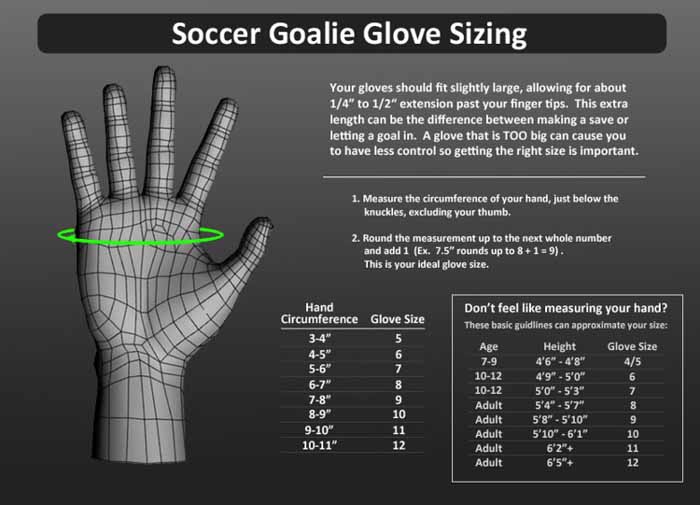Sizing Charts
Sizing Garments
- Sleeve: with arms at your side, bend elbow slightly. Measure from the center of neck, (back) over the point of shoulder around elbow and down to the waist.
- Waist: Measure at the height you prefer to wear your waistband, keep the tape loose but level.
- Outseam: Measure from top of the waistband to the bottom of the cuff.
- Chest: Measure around the widest part of the chest, just under the arms and around the shoulder blades, keep the tape firm and level.
- Inseam: Measure from the crotch to the bottom of the leg. For shorts, measure from the crotch to where the shorts will end.
| Adult Garments | AS | AM | AL | AXL |
| Chest | 36"- 38" | 38"- 40" | 40"- 42" | 44"- 46" |
| Waist | 28"- 30" | 32"- 34" | 36"- 38" | 40"- 42" |
| Youth Garments | YS | YM | YL |
| Chest | 30"- 32" | 32"- 34" | 34"- 36" |
| Waist | 20"- 22" | 22"- 24" | 24"- 26" |
Sizing Gloves
- Measure palm circumference (widest area) excluding thumb.
- Round up to the next highest inch.
- Then, add 1" to the measurement.
For example:
- 7 ¾" rounds up to 8"
- 8" + 1" = 9"
- So, a 7 ¾ around hand is a size 9 glove.
Notice: Be sure to measure both hands and order the bigger size.
SMALL: Roughly equates to Glove Size 7
MEDIUM: Roughly equates to Glove Size 9
LARGE: Roughly equates to Glove Size 11

Sizing Soccer Balls
Suggested Ball Size by Player Division/Age Group
| Division | Ball Size |
| U6 - U8 | Size 3 |
| U9 - U10 | Size 4 |
| U11 - U12 | Size 4 |
| U13 and up | Size 5 |
Factors to consider when purchasing soccer balls:
PU covers: These are much softer and more supple than other covers, providing excellent touch on the ball for both field players and keepers. If properly taken care of and used on grass surfaces, PU balls are very durable.
PVC covers: A more durable cover, PVC does not provide the touch on the ball competitive players expect in game conditions. The covers are hard, with little suppleness or give. PVC balls are excellent for practice sessions for all age groups and games for younger or less competitive matches.
Lining/Backing: The lining behind the PU/PVC cover is critical to the performance of the ball. Cotton and polyester backing are used to maintain the shape and flight of the ball. A combination of cotton and polyester backing are preferred, with more layers applied to higher performance balls.
Bladder: There are two types of bladders used in soccer balls: Latex rubber bladders and Butyl bladders. Latex bladders have a natural soft feel, are lightweight and provide a reasonable amount of bounce. Latex is a porous substance that loses air pressure naturally, requiring the ball to be reinflated regularly. Butyl bladders have excellent air pressure retention. Most balls use butyl bladders.
